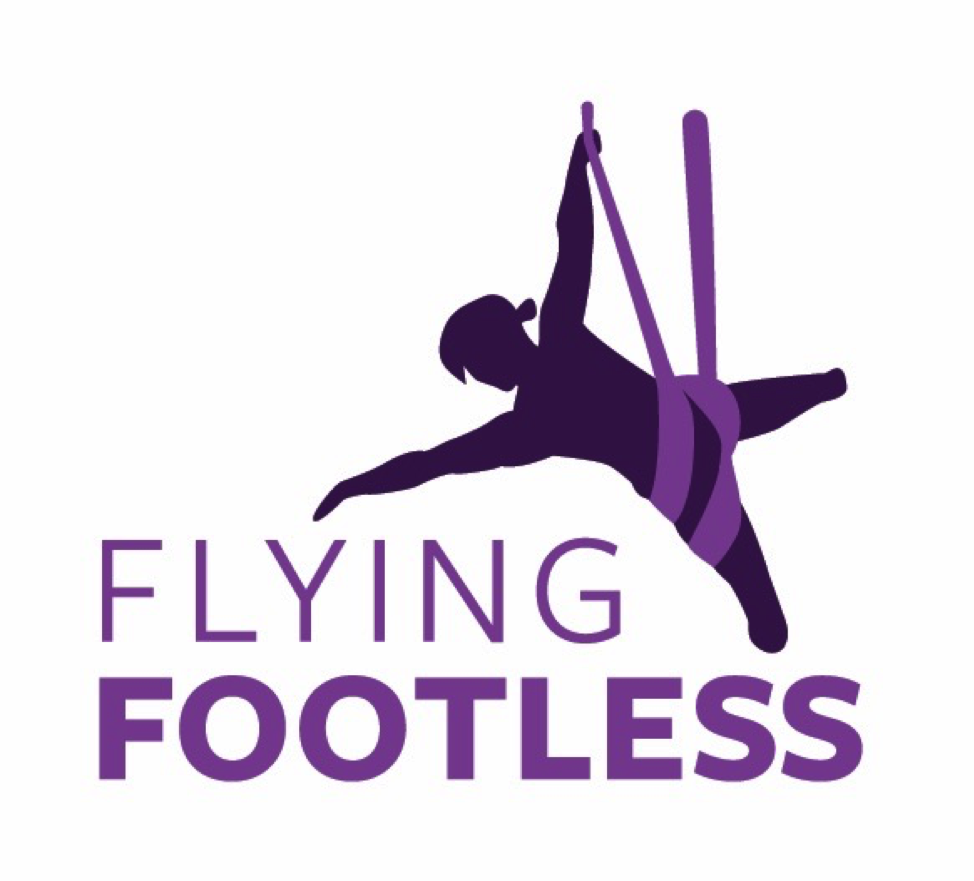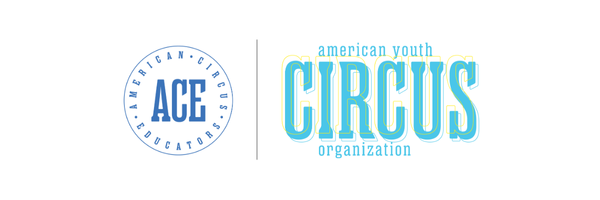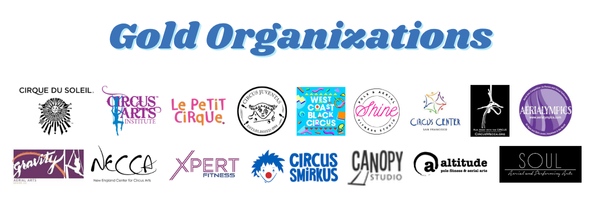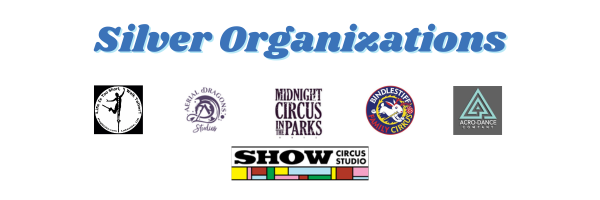Flying Footless
|| BOOK REVIEW ||
Flying Footless Manual
A Guide for Creating Accessible Circus Practices
By Erin Ball | April 5, 2019
(Manual by Erin Ball with guidance and editing from Vanessa Furlong of LEGacy Circus)

(Tim Miller/Belleville Intelligencer/Postmedia Network)
FORWARD OF THE FLYING FOOTLESS MANUAL

The Flying Footless manual (more info here) is meant to accompany the Flying Footless workshop, which began as a course designed for people coaching lower limb amputees, and over time it has expanded into accessible practices and methods for all. The course is a multi-day theoretical and practical exploration into the world of adaptive circus. Vanessa and I offer it globally and our contact information is below.
The majority of the manual focuses on lower limb amputees (since that is my specialty), but the overarching model is inclusive. Further sections on Mad art (being developed by Vanessa Furlong), working with people with upper limb differences, the blind and D/deaf community, are currently discussed in the practical course, and will upon further research, be added to the manual.
I wrote the Flying Footless manual because I was often asked things like:
“How do you do certain skills without feet?”
“How can I teach my student who is missing a leg to do this in the air?”
I was sending videos to people all over the world and being asked all kinds of questions. I realized that I was in a unique position because I had trained and taught circus for many years before becoming an amputee, and I had relearned everything in a completely different way after my accident. At first I worked only with my prostheses, and then I worked only without. I spent years figuring out how I could make all of the skills work as an amputee. Soon, amputees started coming to my classes. With one person in particular there was such a massive break through when I stopped trying to teach the way that I had taught everyone else. Instead, I used different wraps. It blew my mind to think of the possibilities with one meat leg and one prosthetic leg. I started actively seeking out amputees to work with. Even now, I am learning new things every single time I work with someone. I know I will never know it all, but what I do know is that there are some guidelines that have helped my students and I to be successful. There are many things that I have learned about language, social interactions, and adapting skills to better suit the person you are coaching. I am happy to share them with you through Flying Footless.
One of the key reasons I wrote this manual is because I have attended many classes and private lessons taught by instructors who had not worked with disabled folks. For the most part they tried hard to include me, and were happy to work with me, but I noticed a few things:
1) They would give me the same exercises as everyone else in the warm up, often without asking if the exercises would work for me. (ex: running/jumping/lunging warm up would not always work)
2) They would make assumptions about my feet and legs and how they worked. (Ex: “Erin, point your toes just a little bit.”)
I do not blame the instructors at all. There is a big gap here. They were willing to work with me, but they just didn’t know how. What I have learned when working adaptively is that conversation is key. When in doubt, ask. Have a conversation about what works and what language is preferred. Be ready to make mistakes and learn from them. Check in often!
I hope this manual is useful. Please feel free to contact me with any questions or comments. Thanks for caring and for helping to create positive change!
Contact us at legacycircus@gmail.com.
-Erin and Vanessa
THINGS YOU CAN FIND IN THIS MANUAL:
— Language
— Asking questions
— Types of amputations and mechanics of prosthetic legs
— Possible modifications to Prostheses for Circus
— Wheelchairs
— Flying Footless Adaptive Workshop Model
— Inclusive Warm ups
— Foundation Aerial Fabric for Lower Limb Amputees
— Apparatus Considerations-Upper Limb Focus
— Creative Time
— Stretching/FlexibilityCommunity
— Connections/Resources/Hashtags
— Advertisement —
A FEW WORDS ON ACCESSIBILITY / INCLUSIVITY:
Trying to fit adaptive people into a non-adaptive model of movement does not work. One size does not fit all, even if there is nothing visibly different about your students. Each person is an individual with unique wants and needs. There are many differences in needs and preferences for accessibility as well. Some people are up front about theirs and some people are not. Although there are many suggestions in this manual, you may encounter a situation where the suggestions in this manual do not work. This is why communication with your students is so critical. They live in their bodies every single day and know them better than anyone else.
HELPFUL TIPS:
— Not all students will mention their wants and needs, so aim to contact your students in advance and ask if there are any ways that you can help with access.
— When possible, include participants in the planning stages.
— Create your class plans based on information in this manual and other information that you have gathered but remain flexible. Be prepared to throw out the “rules” and to reconsider “levels”
— Have some backup class plans that you can pull out at any time.
— Check in with your space … does it provide “Access with Dignity”? This is a concept that is often discussed in the Disability community. It means that everyone should have the same, or as close to the same amount of access and independence as possible. (Ex: Having to push someone in a wheelchair into a building or having them travel to the back of the building, through a maze of hallways is not considered access with dignity).
— BEFORE YOU POST TO SOCIAL MEDIA … Inspiration porn is another hot topic in the community. I highly recommend checking out Stella Young’s TedX talk (link here) before beginning your journey into adaptive circus coaching.
— The social model and medical model of disability are very important terms that are addressed in the terminology glossary. Please note that the use of Disabled people vs people with disabilities in this manual is a conscious choice that falls into the social model.
— Don’t make assumptions. When planning for, or working with the Disabled community, ask yourself…if you remove Disability, would you still treat the person the same?
— Check in
>>
FLYING FOOTLESS MANUAL
By Erin Ball, guidance and editing from Vanessa Furlong
More info & purchase here($50 print, $35 digital)
Back to ACE MAG 2019: ISSUE 1, VOL. 15
— Advertisement —


